Click to Skip Ahead
If you ask any pet owner, they’ll emphatically say that their cats have feelings. They say their cats have expressed love and affection, and can even recognize and respond to how their caregivers are feeling. And it turns out that they’re right about their feline companions!
Research supports the hypothesis that our cats experience the six basic emotions of surprise, fear, disgust, sadness, happiness, and anger. These are all the emotions we’d expect to see in a 2 ½-year-old child. There is currently a lack of scientific evidence that cats are capable of more complex secondary emotions, such as compassion, shame, jealousy, and disappointment. Let’s learn a bit more about feline feelings and emotions just below.

Basic Cat Emotions and Body Language
Let’s consider how cats express their emotions. Visual communication is vital for animals since it can help avoid conflict. It can signal what they are feeling, if a territory is occupied, and readiness during courtship.
You can tell a lot about what your pet is feeling by observing and learning their body language. For example, a cat with their tail held high or in a question mark shape is willing to interact. Meanwhile, a feline swishing their tail back and forth is signaling their irritation. Woe to the person or animal who is the reason behind a puffed-up tail! That’s a feline that is upset and may strike if provoked.
These postures are examples of the six basic emotions that pet owners probably see often. Interestingly, research has uncovered evidence of heritability of some behavioral traits that speak to emotions. One study even identified Angora and Turkish Van cats as the most aggressive among the breeds studied.1 Likewise, the scientists found sociability differences among the breeds, with the British Shorthair being the least likely to seek human contact versus the outright friendliness of the Ragdoll.
Selective breeding undoubtedly plays a role since enthusiasts would invariably choose which traits to encourage. This study also found a high degree of heritability of aggression and shyness among cats.
Feline emotions are even evident in their facial expressions. An ambitious team of researchers studied these features in 50 cats over the course of a year. The scientists identified 276 different facial expressions which the cats used to communicate with each other and reveal their emotions. These were made up of a mix of 26 unique facial movements.2 For comparison dogs, that we may consider highly expressive, only have around 27 facial movements, but we are generally better at interpreting them.

Inherited Behavior Versus Learned Responses
Unlike dogs, cats are very much in touch with their wild side. Domestication has only altered 13 genes during our 12,000-odd years together. Surprisingly, our feline companions share 95.6% of their DNA with the tiger!3 We can conclude that much of our cats’ behavior and associated emotions are learned responses. After all, they are intelligent animals, and they even know when you’re talking to them.
Vocalizations
Another inherited and learned form of communication exists through vocalizations. Science has documented 21 different vocalizations in our feline companions. That of itself lends credence to cats having feelings. They have a lot to say with all those sounds. Research has shown the profound effects of domestication on their repertoire in some unexpected ways.
For example, cats learn and respond to their names even when someone unfamiliar to them says it. Research has also shown our feline companions look to us when presented with an unfamiliar object for cues about how to respond to it. The animals adjust their emotions accordingly. These findings suggest recognition of feelings and the ability to adapt to new situations. Let’s consider how it affects vocalizing.
Purring
Purring is one of the classic feline vocalizations. Interestingly, only small cats purr, whereas most large felines roar. The exceptions are the cheetah and cougar. A species can’t do both because of their varying anatomies. Purring serves several purposes for cats. Kittens, like human babies, are born helpless or altricial. They are entirely dependent on their mothers. Purring is a form of communication between them.
Humans are likewise hardwired to respond to cries. It’s imperative for our survival. Kittens can purr shortly after they’re born, supporting this role. People are equally responsive to purring, even among non-cat owners. It’s like the baby sound we hear. Kittens do it to get their mother’s attention, so your pet may also purr to get something from you, namely food or affection. This purpose is unique to domestication.
The cause and effect is that your cat wants something and has figured out what they must do to get it. That comes from experience and conditioning fortified with positive reinforcement. Your pet purrs, and you obey.
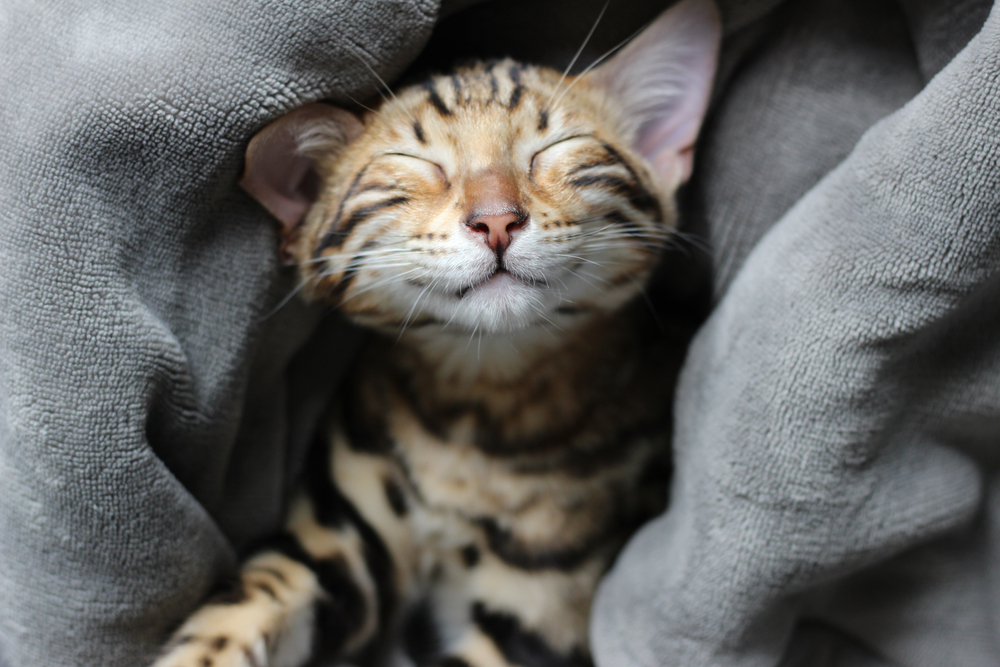
Meowing
Meowing is the quintessential feline vocalization. Children learn how cats make this sound early in their education. It seems like the sound and kitties are intertwined. However, the truth tells a different story. Cats do meow, but it’s usually communication between kittens and their mothers. It’s not something you often hear behind this life stage in feral or wild felines. Like purring, it’s another product of domestication.
Our pets need to be in touch with their feelings to express themselves. The manner in which they do it speaks to their intelligence. Nevertheless, it has worked. We respond to meowing like we do purring. Every time we respond, we reinforce its effectiveness. Couple this concept with the notion that felines can read our emotions and react to us.
Emotional Recognition
The development of feelings has been long in the making. Research reveals that cats bond strongly with their caregivers, not unlike dogs or even children. These findings are fascinating, given the stereotypical perception of felines being aloof and unattached. The evidence speaks for itself, with name and emotion recognition. Separation anxiety is an extreme example of the bond between cats and their owners.
Compelling evidence of our pets having feelings exists with research involving cat blinking and eye narrowing. Scientists know that felines use their eyes to communicate with conspecifics. Emotions run both ends of the spectrum. One study found that these gestures were associated with positive emotions between people and cats. The researchers equated it to a feline smile.
You blink, and your cat responds in kind. It’s a shared moment between owner and pet that symbolizes the affection for each other on a personal level. It doesn’t get any better.

Final Thoughts
The evidence is clear: Cats do have feelings. Our feline companions bond with us emotionally in relationships that reinforce and nurture these feelings. You may look at your kitty differently, knowing what lies between their cat’s eyes. However, their emotions will just continue to bring us closer together as time goes on.
Featured Image Credit: Mariia Romanyk, Shutterstock

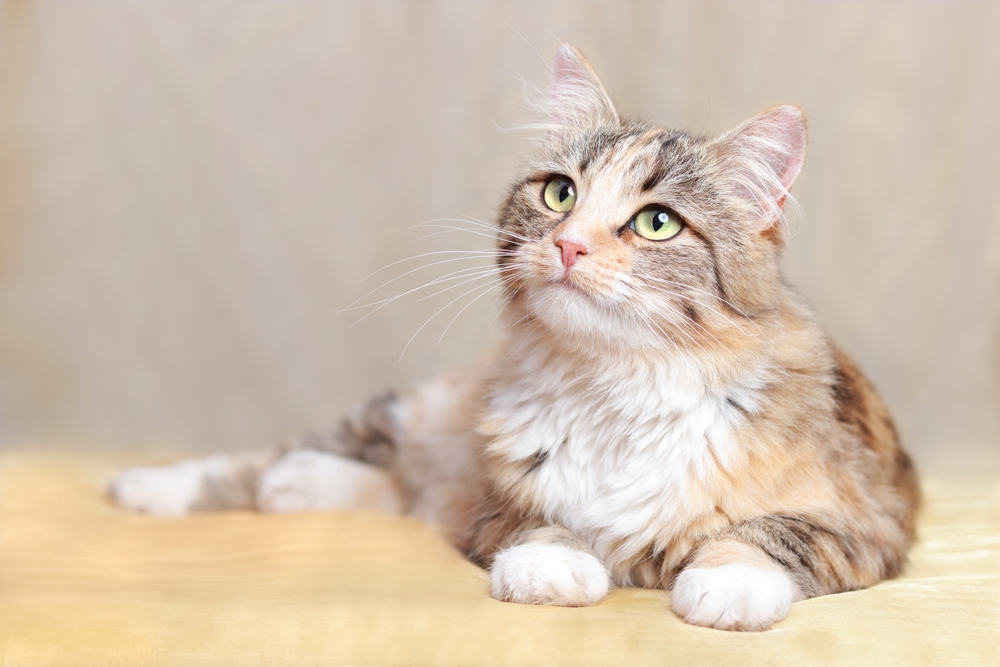
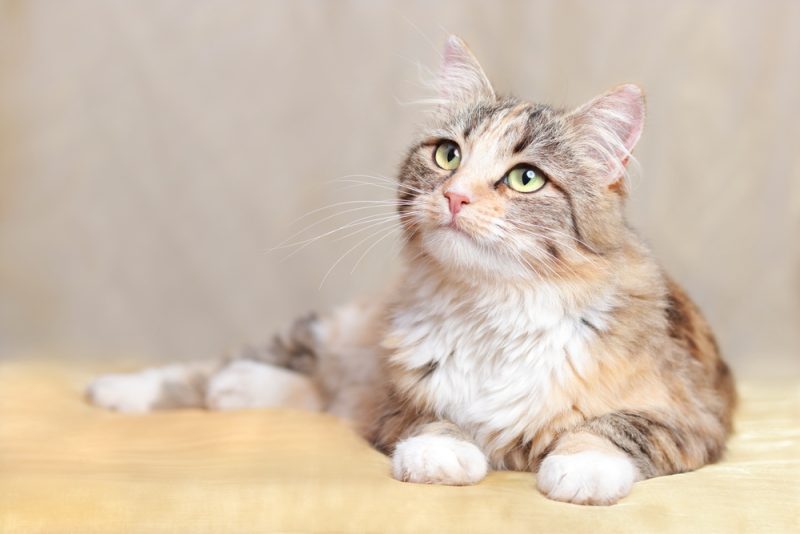
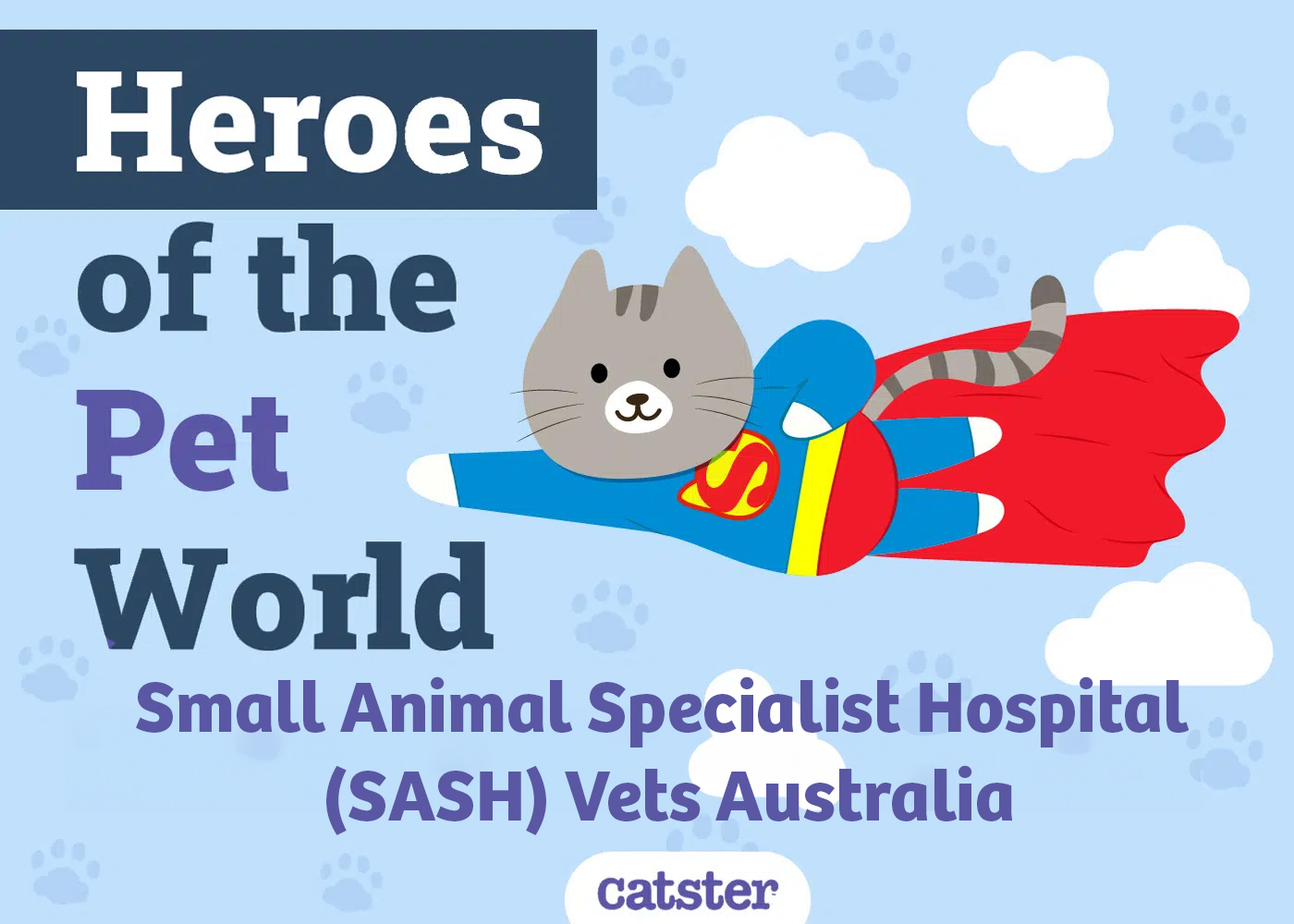
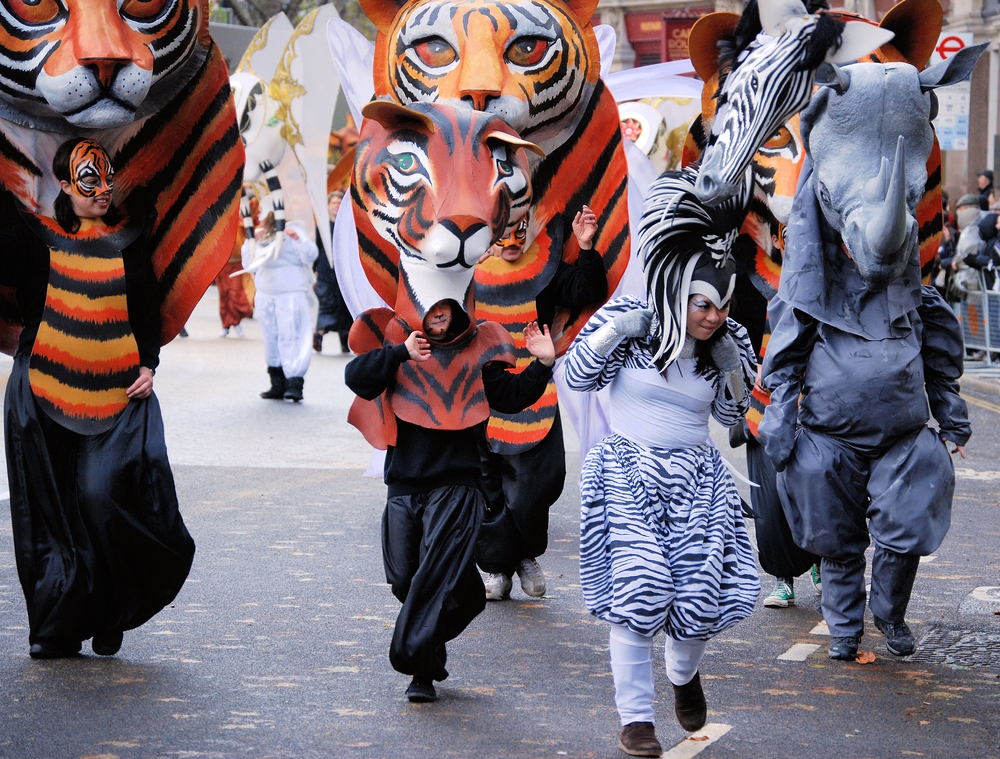
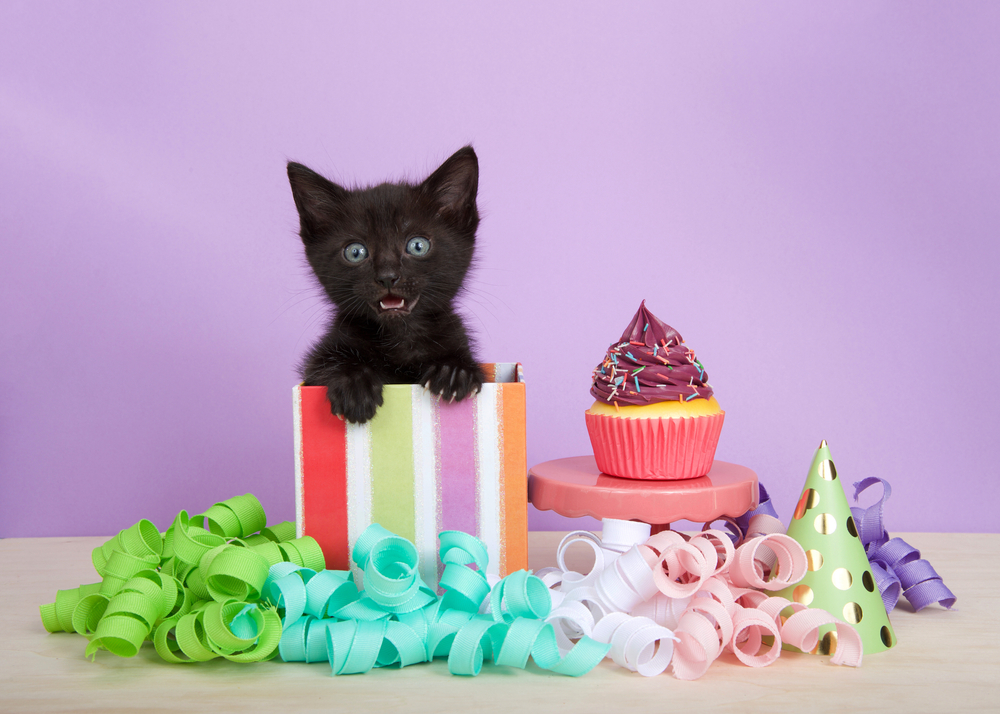


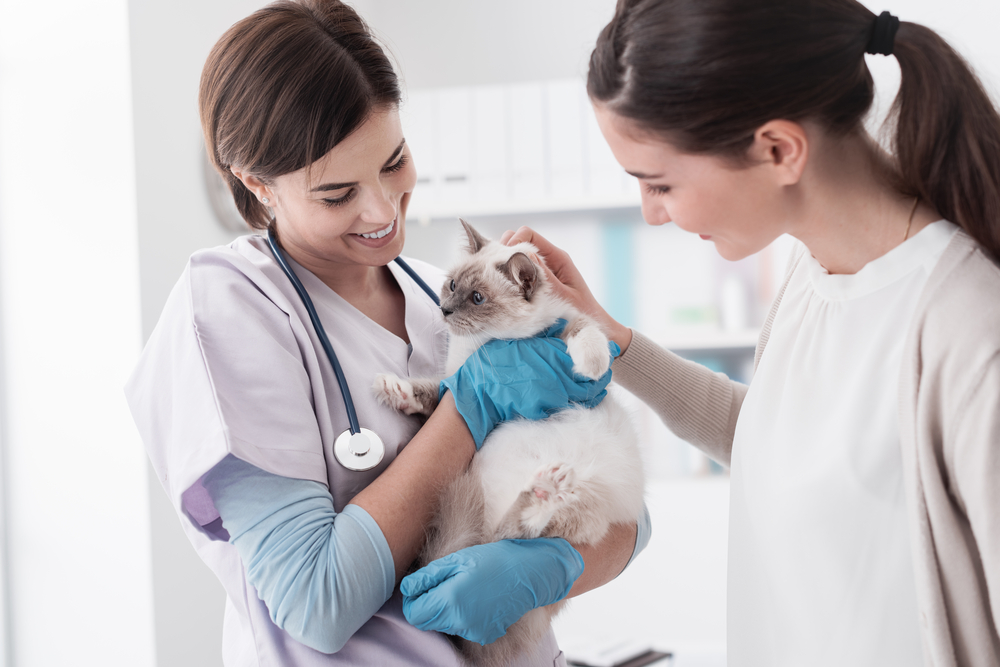
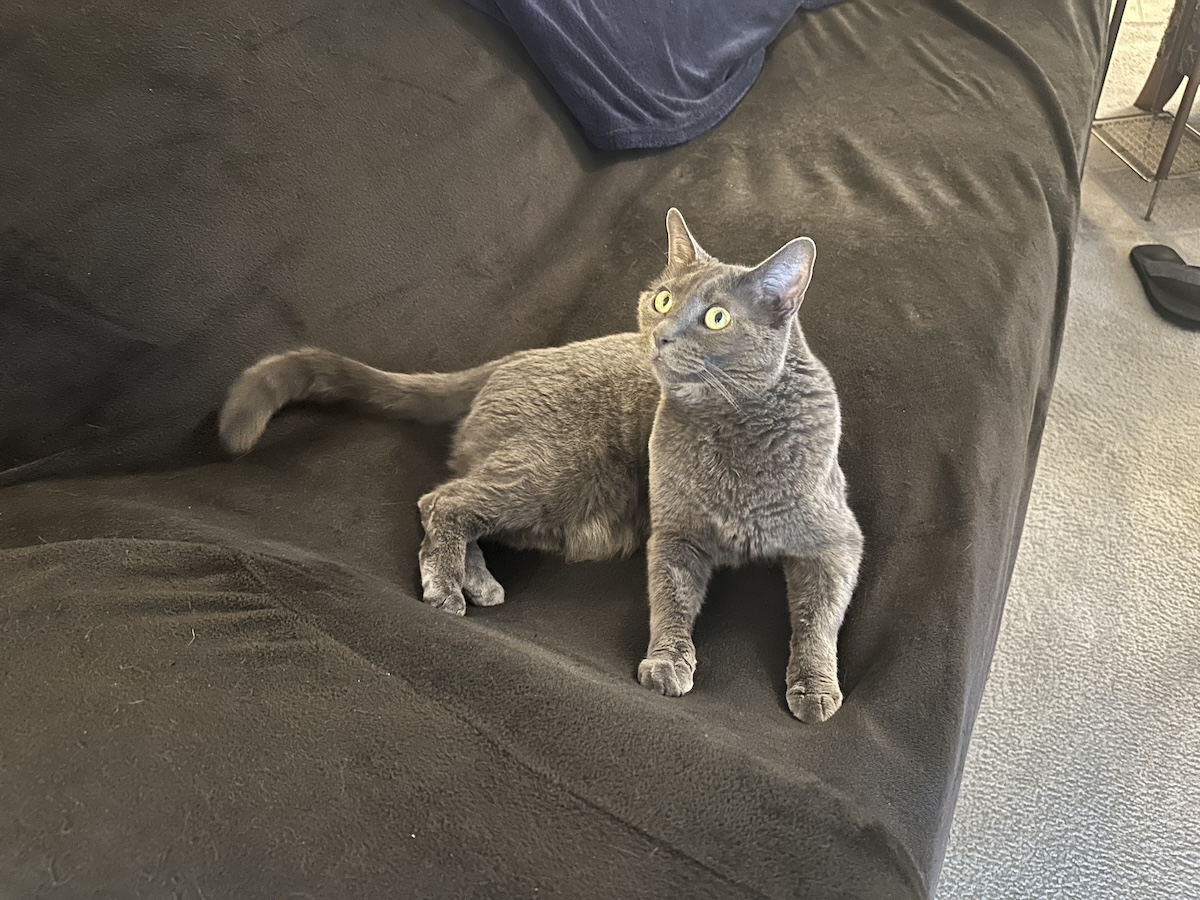
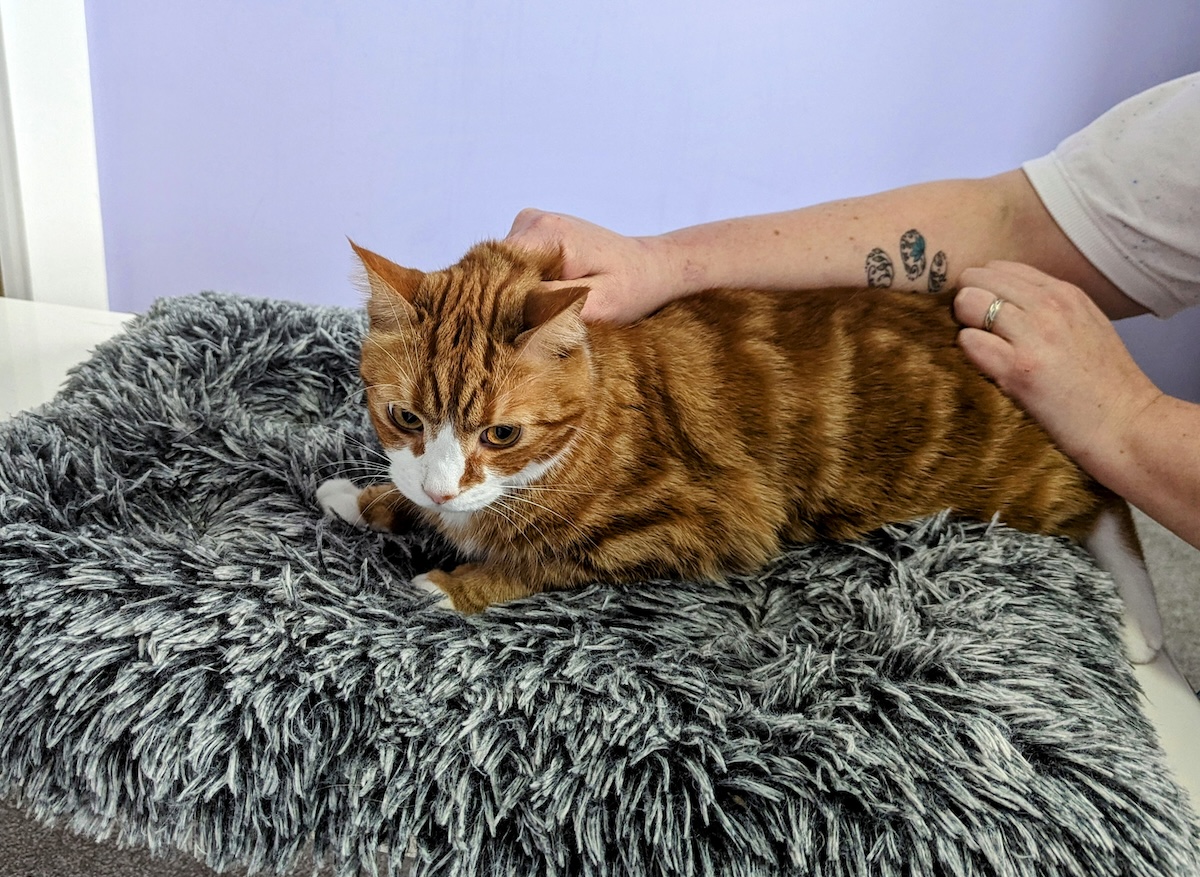

I had to leave my 11 year old cat because I was hospitalized. I am well now’s and home. My Persian cat is being cared for, in the last 5 months. Can I take her back or will she be emotionally better off where she is today?
Hi Sandy, sorry to hear you had to leave your cat, but great to hear you are home and it sounds like you are both doing well. Cats aren't the biggest fans of change, but that doesn't mean they aren't adaptable. If she was yours for 11 years, she will absolutely still remember you and just because she's been elsewhere for a few months does not automatically mean she won't want to be back with you. Our cat lived with friends for nearly a year when we were traveling and the moment we got home, he waltzed back into our lives as if no time had passed, he was our boy, and their nephew. That's not to say this is the same for every cat, but you being her mom, you'll know what's best for her. Hope that helps! <3
I’ve always known in my heart that my cats have had feelings. The Princess (my kitty) has lived with me for almost 13 years, and comforts me always when I am having a bit of sadness. She’s never been a lap cat, but if I am ill or sad, she jumps up in my lap and stays. When I return from a travel, she sleeps in my bed every night for awhile. When she becomes convinced that I am truly home, she sleeps all over the house. Of all the felines I have known, she is my very favorite. We will both turn 80 in a couple of years, the good Lord willing.
Hey Peggy, that is so lovely to hear about the special relationship you and the Princess have, thank you for sharing :) Hope you are starting the big 80th birthday plans! That will be a wonderful milestone to reach together. <3
Interesting articles today – thank you. I always wondered why we used "cat hair" and "cat fur" interchangeably. Now I learn that short hair is hair, and long hair is fur. All are called "Hairballs" when found on the carpet! All are called "Hair brushes" and not fur brushes when grooming our cats. All is "Cat hair" when it sticks to our clothing! I guess it really does not matter, we all know what it is!
Margot
Thanks, Margot! Yep, it's all a hairy mess when it's on our clothing haha. Glad you enjoyed our article :)
Cats have great emotions and feelings and can vary depending on different situations and where they live more so then humans, a cat will adapt to situations and how you treat them and let you know, talk as it seems, but they all have a wild side and they will do there own thing at any cost, may be thats why we love them so much.
Agreed, Paul, they sure are loveable!
I always enjoy reading your articles. For one thing you call always learn something new about cat behavior, even if like me you've had cats as a part of your life for the past 30 years. Second, it reconfirms that how I treat them is correct and good for the cat. Keep all the articles coming. I'm enjoying them.
Thank you, Sandra! We're so happy to hear you enjoy our articles as much as we enjoy writing them :)
Very informative article. Interesting theories that help the cat owner understand the importance of knowing their cat better. My 5 year old cinnamon male tabby is the most unique cat we have ever owned. He hugs my husband, purring like a baby and lets me know with verbal sound when it’s time to eat and play. Very alert to our emotions as well. Thank you.
Hi Carole, glad to hear you enjoyed our article. Your boy sounds like an absolute doll. So many cats that I have met challenge the typical feline stereotype with their ability to read human emotions. Even though it's hard to prove scientifically, it's very clear when you spend enough time with a cat. :)
Pretty sure my cat know jealousy. She is "in love" with someone who always visits on -saturdays. If I talk to him while he is stroking her she has been known to give me a light bite to show she is not amused I am taking his attention away.
Hi Valerie,
Thank you for sharing such a sweet story about your cat! It’s amazing how our feline friends can show their personalities in unique ways. While cats may not experience jealousy in the same way we do, they can definitely become possessive or protective of their favorite people.
It sounds like your cat really enjoys the special attention she gets during those visits!
I love this article-thank you!
I have to say that I am 100% sure that cats feel jealousy. Professor Sniffles would fuse herself to me if she could. When The Lady Wheezer and I are sharing a rare moment alone and Sniffles so much as walks past us, or even into the room, Wheezer hisses, spits and swats at her. If Sniffles is laying against me, Wheezer will come and lay on top of her. If I’m loving Sniffles and Wheezer can’t chase her away, Wheezer goes into the corner of the room and sits facing the wall. Cats absolutely feel jealousy!
Hey Samantha, I agree, I've seen it before myself in my cats. But, it's anecdotal at the moment since it's near impossible to run emotional studies on cats. But that doesn't mean our experiences are anything less than real.
Sounds like Professor Sniffles and Wheezer both love you so much and need to learn to share and trust that you have enough love for both of them! :)
my two cats show me more love than any human has ever shown me. physical affection, kissing, wanting to be with me 24/7
i am so lucky.
Thanks for sharing, Michael. It sounds like you are very lucky to have such a bond with your cats! <3